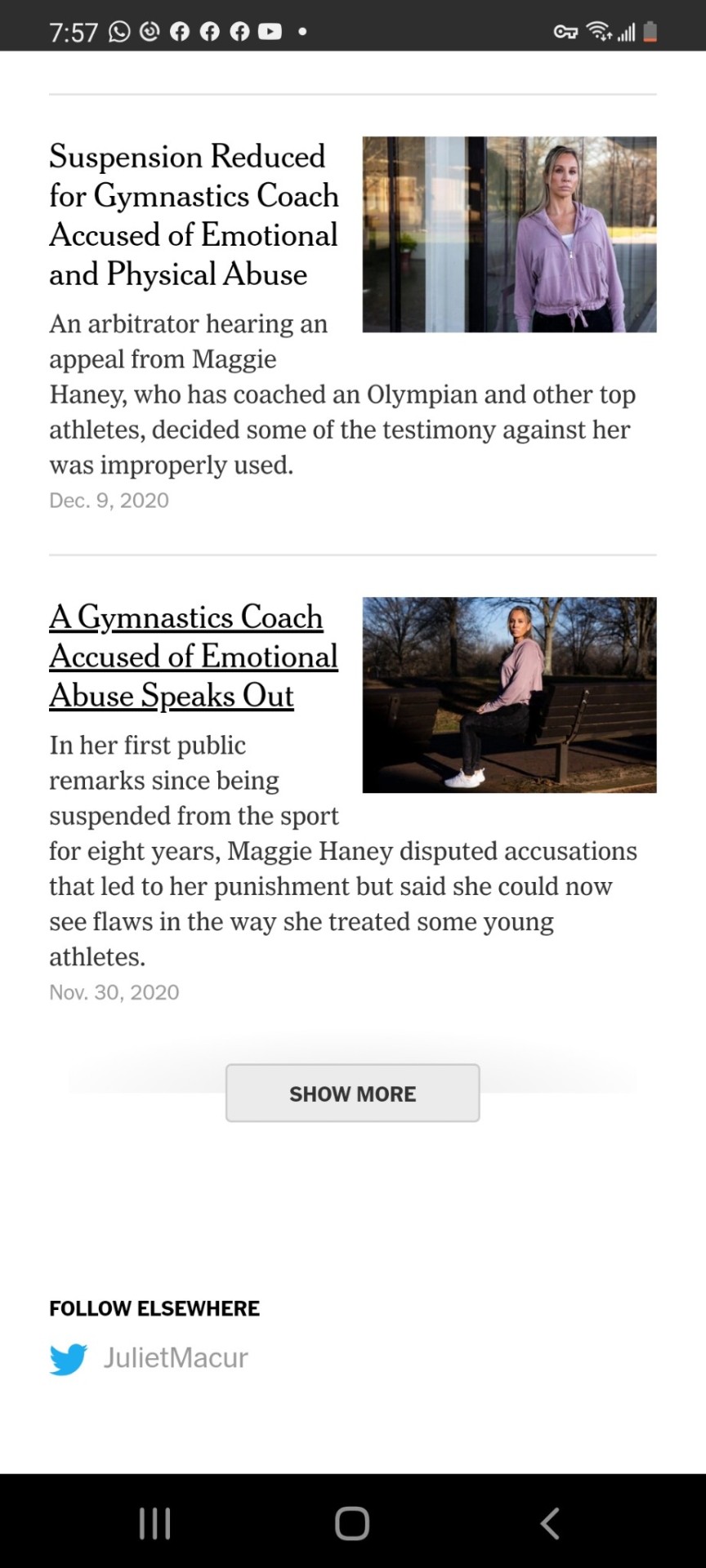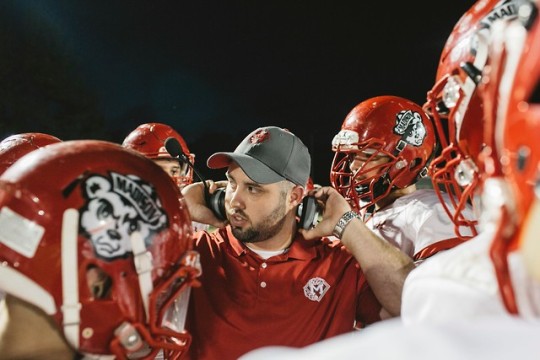#juliet macur
Text
Don Catlin, the man who set up the United States' first performance-enhancing drug testing laboratory, the UCLA Olympic Analytical Laboratory in Los Angeles, had been studying the drug erythropoietin, called EPO, from the start. It appeared on the market in the United States in 1989 as a drug used for kidney patients and AIDS-related anemia, but athletes long before that had learned of its magic powers. EPO is a powerful hormone that boosts endurance by increasing red blood cell production. More red blood cells means more endurance. In the sport of road cycling, it turned out to be a miracle potion.
The drug comes in a vial less than an inch and a half tall. But it is filled with several doses. No longer would endurance athletes have to undergo the dangerous and logistically difficult process of receiving blood transfusions to boost their red blood cell count. Now enhancing one's endurance was as simple as pricking the skin with a needle. Athletes could receive what one unpublished Swedish study said was an average 8 percent boost in aerobic capacity. The study said the drug could cut 30 seconds from a 20-minute run. In cycling, using the drug could mean the difference between winning the Tour de France and not even qualifying for one's Tour team.
There was a frightening downside, though. EPO raised a rider's hematocrit level – the proportion of red blood cells in the blood and a measure of blood's thickness. A man's hematocrit is usually between 42 and 48 percent of his whole blood.
But with EPO, some cyclists were boosting their hematocrit into the 50s, or even higher. Bjarne Riis, the 1996 Tour champion, was even nicknamed “Mister 60 Percent” because EPO was rumored to have jacked up his hematocrit that high. The practice was inherently dangerous. If athletes overdosed on EPO, the drug would turn their blood to a viscous, sticky sludge that could cause a stroke or heart failure. Dehydration, which often occurs during long races, makes the blood even thicker. By the late 1980s, cyclists were buying the drug on the market. Then they started dropping dead.
In 1987, five Dutch cyclists died of heart problems. On August 17, 1998, Connie Meijer, a Dutch rider, passed out and died while competing in a criterium race. Diagnosis: heart attack. She was twenty-five. One day later, Bert Oosterbosch, another Dutch rider, died in his sleep, at thirty-two. Again, a heart attack.
Doctors and blood specialists said EPO abuse might have played a role in the deaths of at least eighteen professional European cyclists in the years from 1988 to 1992. Ten deaths were attributed to heart problems. The cycling magazine VeloNews declared that “an atomic bomb” had gone off in the sport. News of the deaths was picked up by mainstream media outlets. The New York Times carried a headline: “Stamina-Building Drug Linked to Athletes' Deaths.”
Catlin sounded an alarm within the International Olympic Committee. As a member of the IOC's medical commission, he pressed for an investigation. The athletes had taken a drug for which no test had yet been developed. Catlin believed the IOC should do something about it, and right away, because lives were at stake.
He went with an IOC team to Europe on a fact-finding mission. He found no one who would talk about EPO. Family members refused to cooperate. Riders said they'd never heard of it. Basically, they told Catlin to go away. Again and again, he told them, Don't be afraid to talk. We're trying to save the lives of other cyclists. Please help us.
In reply, he heard nothing. He believed that some people were protecting not only the memory of friends, family and teammates – they were also protecting the sport. Doping scandal followed doping scandal. Something had to be done.
Catlin made his pitch in 1988. But the code of silence that had served cycling for so long could not be broken. Seven years later, Lance Armstrong used EPO for the first time.
— Cycle of Lies: The Fall of Lance Armstrong (Juliet Macur)
#book quotes#juliet macur#cycle of lies: the fall of lance armstrong#history#sports#cycling#medicine#science#biology#human biology#physiology#performance-enhancing substances#tour de france#france#usa#netherlands#ucla olympic analytical lab#don catlin#bjarne riis#connie meijer#bert oosterbosch#lance armstrong#erythropoietin#blood
1 note
·
View note
Text
Antonio Velardo shares: They Shot at Her. They Forced Her From Her Home. She Won’t Stop Fighting for Girls. by Juliet Macur
By Juliet Macur
Khalida Popal helped save Afghan female soccer players from the Taliban. Now she is demanding that world soccer officials let them play for their country again.
Published: September 14, 2023 at 12:00AM
from NYT Sports https://ift.tt/fmkdT97
via IFTTT

View On WordPress
0 notes
Photo

"Flash of Anger Led to a Moment of Brilliance for U.S." by Juliet Macur via NYT Sports https://www.nytimes.com/2023/07/27/sports/soccer/us-netherlands-lindsey-horan.html?partner=IFTTT
0 notes
Text
U.S. Womens World Cup Roster Will Reflect a Team in Transition
By Juliet Macur
Form and injuries have affected the players available to Vlatko Andonovski as he picks a squad facing perhaps the toughest challenge in its history.
Published: June 20, 2023 at 04:01PM
via NYT Sports https://ift.tt/pH8kwyr
0 notes
Text
Behind the Scenes of an Afghan (Australian) Soccer Story
Behind the Scenes of an Afghan (Australian) Soccer Story
The Australia Letter is a weekly newsletter from our Australia bureau. Sign up to get it by email. This week’s issue is written by Juliet Macur, a sports reporter who traveled to Australia for an in-depth look about how an Afghan soccer player and her teammates fled the Taliban and began new lives.
Last August, just days after Kabul fell to the Taliban, I began to read stories about members of…

View On WordPress
0 notes
Photo

"Nassar Victims Suing F.B.I. for Early Investigative Failures" by Katie Benner and Juliet Macur via NYT U.S. https://ift.tt/TnNO9Aq
0 notes
Text
Nassar Victims Suing F.B.I. for Early Investigative Failures

By Katie Benner and Juliet Macur
The plaintiffs say the former U.S.A. Gymnastics doctor abused them after the bureau failed to act. The suits come after the Justice Department declined to prosecute the agents accused of bungling the inquiry.
Published: June 7, 2022 at 05:00PM
from U.S.
via New York TimesNYT
0 notes
Photo

"Nassar Victims Suing F.B.I. for Early Investigative Failures" by Katie Benner and Juliet Macur via NYT U.S. https://www.nytimes.com/2022/06/08/us/politics/nassar-fbi-lawsuits.html?partner=IFTTT
0 notes
Link

By BY JULIET MACUR from Sports in the New York Times-https://www.nytimes.com/interactive/2021/06/29/sports/olympics/us-gymnastics-team.html?partner=IFTTT
Here are the American gymnasts you’re likely to see on the awards podium.
Meet the U.S. Women’s Gymnastics Team 🔥 New York Times
0 notes
Text
Karen has a new dress to debut for the individual free and it has an added sentimental touch of it potentially being the last skating dress that her mom will ever make her :,)
For 20 hours a day, four days in a row, Tseng [Karen Chen’s Mom] had cut fabric, sewed and glued, and sewed some more for her daughter, who plans to retire soon from international competition and return to her pre-med studies at Cornell University.
“I barely slept at all, but I wanted to make something really special,” Tseng said. “I know in the future I won’t have this chance because she will have a different life, and I will miss this.”
Chen, who was in 13th place in the women’s singles competition after Tuesday’s short program, said she plans to wear the new dress for the free skate on Thursday. She wouldn’t describe it because she wanted it to be a surprise.
“It represents our special bond,” she said.
‘I Just Feel the Best When I Wear Them’
The American figure skater Karen Chen performs in glittering dresses designed and sewn by her mother.
By Juliet Macur for the NYT
#karen chen#figure skating#beijing 2022#Olympics#fs#edited from short to free!! my b#I’m still sobbing at this story how sentimental#and HELLO her mom is such a talented seamstress??? mesh is literal satan to work with sometimes
166 notes
·
View notes
Text
Ok yeah the NYT writer, Juliet Macur, who wrote the cringe yurchenko double pike article, also wrote the article defending Maggie Haney which is 1000000% worse & more serious. Wtf she must be stopped from writing about gymnastics.

43 notes
·
View notes
Photo

Antonio Brown Is Released by the New England Patriots Brown’s brief, rocky tenure with New England ended the same day that N.F.L. officials spoke with an artist who accused the star wide receiver of unwanted sexual advances.. via NYT Sports
#https://www.nytimes.com/2019/09/20/sports/antonio-brown-patriots-texts.html?partner=IFTTT VICTOR MATHER#KEVIN DRAPER and JULIET MACUR Antonio Brown Is Released by the New England Patriots The New York Times
0 notes
Text
Antonio Velardo shares: Here’s how the dramatic shootout between Sweden and the U.S. unfolded. by Juliet Macur
By Juliet Macur
Published: August 7, 2023 at 05:49AM
from NYT Sports https://ift.tt/yRaOpBF
via IFTTT
View On WordPress
0 notes
Photo

"Sophia Smith Has Been Ready for Her World Cup Moment" by Juliet Macur via NYT Sports https://www.nytimes.com/2023/07/22/sports/soccer/world-cup-usa-sophia-smith.html?partner=IFTTT
0 notes
Text
Vi elsker Tour de France
Vi elsker Tour de France
Tour de France er en årligt tilbagevendende begivenhed, som alle cykelelskere ser frem til.
Vi glæder os til de altid udfordrende bjergetapper, hvor rytterne i år bl.a. skal bestige Alpe D’huez, men vi glæder os også til holdtaktikken, Leth og Sørensens kommentering på TV2 og enkeltstarterne. Og så satser og håber vi jo på, at vores danske Astana rytter Jakob Fuglsang kan undgå styrt og placere…
View On WordPress
#Allan Bo Andresen#Brian Holm#Carsten Ritter#Chris Anker Sørensen#Claus Wivel#Jakob Fuglsang#Juliet Macur#Lars Bak#Mark Cavendish#Michael Rasmussen#Rasmus Stagehøj#Rolf Sørensen#Tony Worm#Tour de France#Tyler Hammilton
0 notes
Photo

Suicides, Drug Addiction and High School Football
MADISON, Ind. — An hour’s drive from Louisville, perched along the Ohio River, sits the prettiest little town.
Madison, population 12,000, has won awards for its beauty. Best Main Street. One of the top 20 romantic towns in Indiana. One of 12 distinctive destinations in the United States, according to the National Trust for Historic Preservation.
The river walk, down from the main street, is a hot spot for joggers and dog walkers and couples canoodling on benches. In the distance, a soaring bridge that connects Indiana and Kentucky often disappears behind a morning fog.
It’s all a lovely distraction from an open secret. On a reporting trip in July, I learned this in the unlikeliest of places: at Horst’s Little Bakery Haus, a doughnut shop with just a few tables, not far from the river.
Juliet Macur, writing for The New York Times, covered this unspoken epidemic. Read about the connection HERE.
#Juliet Macur#The New York Times#NYTimes#High School Football#High-School Football#Investigative Journalism#Investigative Reporting#Opioid Epidemic#Reporting#Digital Journalism#Online Journalism#Future of Journalism#Longform#Longreads#Goodreads#Journalism#Read This#American Reporter
0 notes